When using larsen trussees, what is the maximum spacing between TJIs
I am mounting larsen trusses outboard of my structural 2 x 4 framing. i read an article that was spacing TJIs at 4' oc and ws wondering how big a cavity can be efectively dense packed?








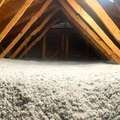
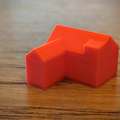






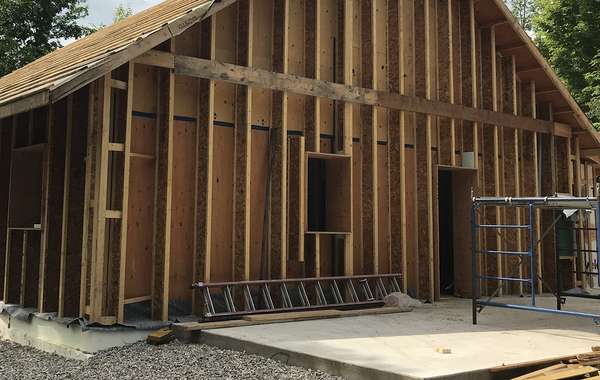
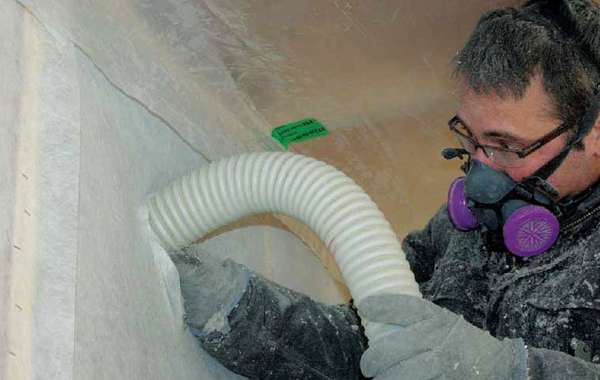
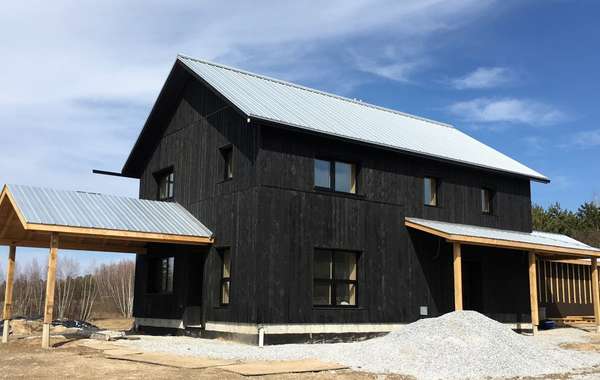
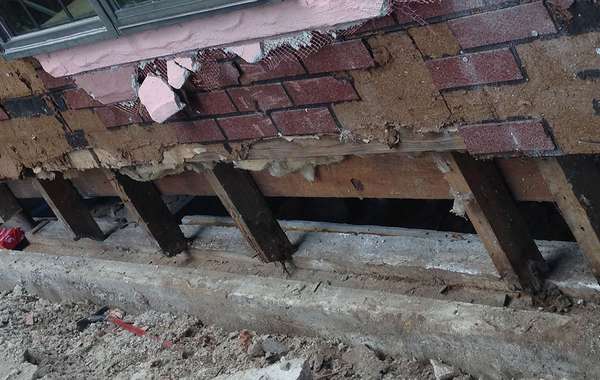

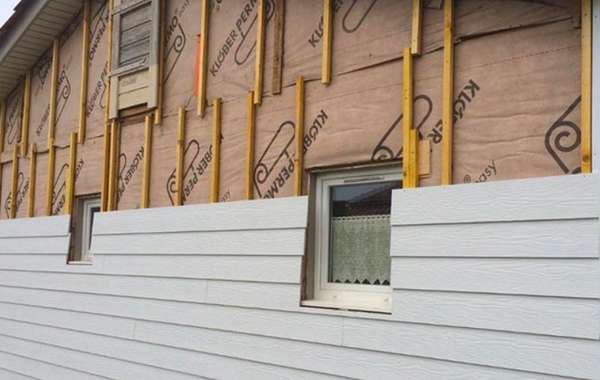
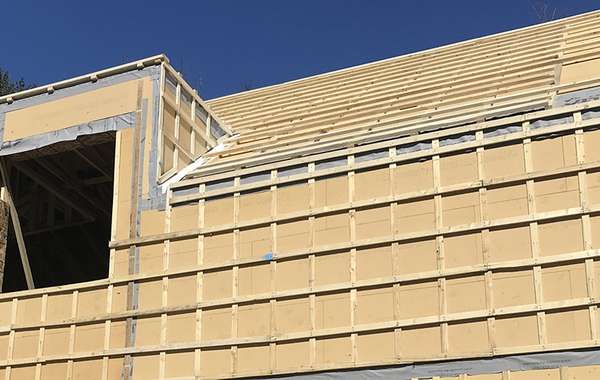
Larsen trusses with cellulose insulation on the exterior of walls is an excellent way to insulate an older home or a brand new home, and even meet Passive House standards. Here is a page on Larsen Truss installation -
How to Build Double-Stud Larsen Truss Walls, Renovation & New Homes
Is this for a new construction or renovation? And do you have a permit? I only ask because you may be best to check with your municipal building inspector to make sure what ever wall design you do will pass. If the stud wall is carrying the load then it may be not be too great a concern for them, so then it's down to whatever works for you. Properly-filling a larger cavity with cellulose is not a problem, our recent demo house the S1600 prefab kit home has offset studs and 15 inch deep cavities.
My concern with doing 4 foot spacing would be that it might be difficult to have a solid and straight exterior wall. That’s along way to go without support. Putting them at 24” centers would give you a lot more support for strapping and exterior cladding.
Hi Steve,
The size of cavity isn't really a concern, in the house Robert mentioned above the entire wall was open. There are offset 2x4s on the interior and exterior of the wall, so the entire length of wall is effectively one giant cavity 15 inches wide. But doing dense packed cellulose walls isn't really a DIY sort of insulation technique, so its more about finding a reputable installer that will do the job properly.